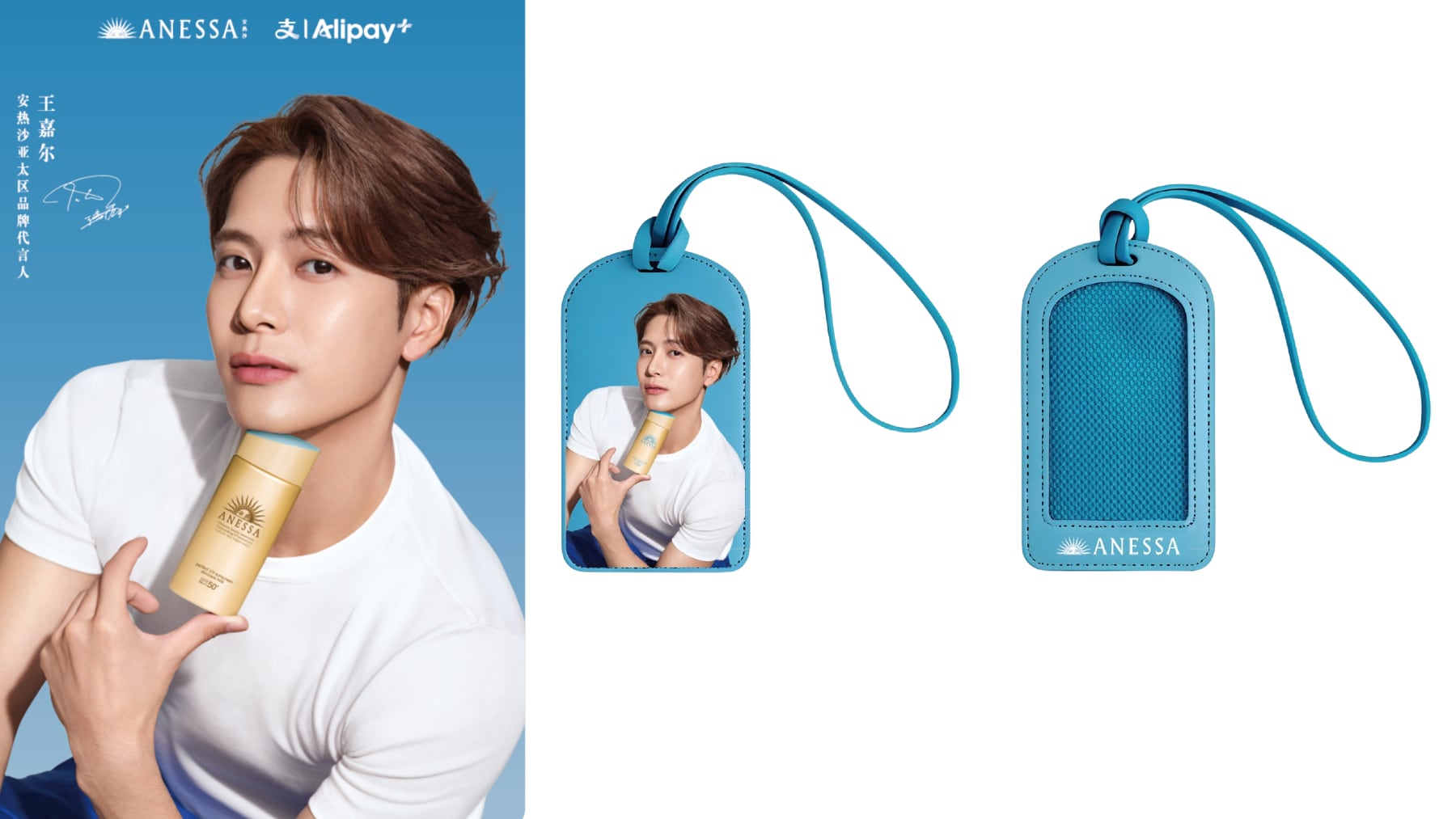Korean-made skin care is gaining serious ground in the US market. New data from Mintel shows a 20% rise in Korean skin care launches since 2020, while the number of launches of US-manufactured products has dropped by 16%. It’s a shift driven by changing consumer expectations and a widening innovation gap, according to Andrew McDougall, beauty and personal care research director at Mintel.
“US brands have slowed innovation and focused on fewer, bigger launches,” said McDougall, “leaving space for Korean skin care to thrive with consistent, advanced product development.” He added, “Consumers are now looking for more than novelty—they want science-backed, results-driven skin care experiences.”
Fewer launches means fewer chances to compete
Many US brands, faced with rising costs and more cautious shoppers, have scaled back their product pipelines over the past few years. That’s created breathing room for Korean skin care companies, “which continue to deliver frequent, innovative launches with strong storytelling and science-backed claims,” McDougall said.
For US manufacturers and suppliers, “the risk is loss of market share and consumer loyalty,” he explained, “as shoppers seek out more exciting, effective products.”
That’s not to say domestic brands are out of the race, but McDougall pointed out that there’s value in learning from how Korean companies operate, especially when it comes to speed, science, and consumer connection. “There is an opportunity to learn from K-Beauty’s agile development cycles, ingredient innovation, and consumer engagement strategies, potentially through collaborations or by adopting similar product development models,” he said.
Science sells...but it has to be real
One clear trend is that consumers today want skin care that works, not just products that sound good in ads. They’re looking for proof, including clinical claims, before-and-afters, and ingredient transparency.
“US consumers now prioritize products that are clinically validated, offer visible results, and feature innovative delivery systems,” McDougall said.
He pointed to ingredients tied to barrier support and skin health, like Centella asiatica and PDRN, as examples of what’s resonating in the market. “K-Beauty brands excel by promoting their scientific foundations, leveraging dermatologist recommendations, and emphasizing efficacy over mere claims,” he said.
Why ‘Gwang’ could reshape US product strategy
Mintel also expects a major K-Beauty concept to make a significant crossover: Gwang, which is the radiant, healthy glow that comes from regular, layered skin care rather than quick fixes.
“The pursuit of a healthy, luminous glow (‘Gwang’) will shift formulation priorities toward hydration, barrier repair, and radiance-boosting ingredients,” McDougall explained. He mentioned niacinamide, hyaluronic acid, and fermented extracts as key players likely to see more demand.
This glow-first philosophy is influencing formulation and R&D trends as well as marketing strategies, he continued.“Product positioning will likely emphasize holistic skin health, gentle layering, and long-term results,” he said.
What US manufacturers can do now
For suppliers and manufacturers seeking to stay competitive, McDougall advised moving faster, delving deeper into R&D, and considering strategic partnerships, especially with international innovators. “Invest in R&D,” he said. “Prioritize science-backed, results-driven formulations and advanced delivery technologies.”
He also encouraged brands to rethink how they approach product development. For example, he recommended “develop[ing] multi-step regimens and single-function products that can be easily incorporated into routines.”
Transparency around sourcing and sustainability, paired with strong storytelling and rapid feedback loops through social media, can also give US brands an edge. “Shorten innovation cycles and respond quickly to emerging trends,” he recommended.





